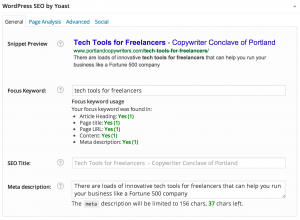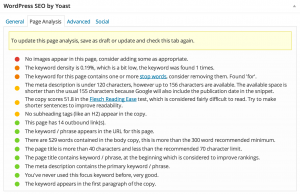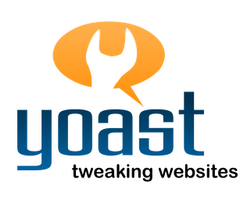When I was a freshman in college, my track coach taught me something to me that I’ve carried with me throughout my life: the four stages of knowing. He was applying them specifically to running and our ability to become better athletes, but the implications are much broader. Knowing what stage of knowing you’re in for any particular topic (basically, knowing what you don’t know) is an extremely powerful tool in life and business. I’ll lay out each one, and briefly expand upon them.
1) Unconscious Incompetence
You don’t know what it is and you don’t know how to do it. A completely new concept has been introduced to you and you know nothing about it. Your incompetence here doesn’t mean you’re stupid, bad, or wrong, it simply means you’re a complete amateur at whatever it is. That’s how all beginners begin!
When you first heard of “social media” you were in this stage. When my coach first instructed me in proper running form, that one new thing you learn every day. This is where we are on the subject before we learn otherwise. Embrace these beginnings. For better or worse, once we know something, we can’t un-know it.
2) Conscious Incompetence
You know what it is, but you don’t know how to do it. Continuing to use social media as an example, your conscious of it now, but you don’t know how to use it. This is the exploratory stage when you start to poke at the thing, click all the links and see what they allow you to do, read blog posts about it, and test it out yourself. It’s the learning process in action.
For my team, it meant that we looked and felt ridiculous as we began to train our bodies to move in ways they never had before. There was bruising (physical and psychological), but we stuck with it and we all improved. Once you “get it,” but aren’t necessarily skilled at doing it, you achieve…
3) Conscious Competence
You know what it is and you know how to do it! Huzzah! You are now a practitioner of that thing! Again, you’re not necessarily good at it yet, but you’re committed to learning, and your skills and abilities are improving. After a few weeks of our new training program, our bodies weren’t as sore anymore, we weren’t asking as many beginner questions, and we were actually helping each other fine-tune our new skills.
For social media or anything else you’re learning, this is where you’re regularly working at the thing, studying it, committed to mastery (or at least competence). It could be an educational course, a new dance move, the perfect cup of coffee, a new language, a yoga pose, anything you choose to dive deeper into.
4) Unconscious Competence
You know the topic so well you don’t even have to consciously think about it anymore. You could argue this level of knowing means you’re an expert, but that’s not necessarily the case.
As track athletes, my teammates and I certainly improved, and got to a point where we could be on auto-pilot while we were training, but that doesn’t mean we were experts. Semi-pro perhaps, mini experts even, but only from our perspective as athletes. Learning about the sport as an athlete is different than learning about it from the perspective of a coach, or a judge/referee, or an athletic director. Do you see where this is going? Having one complete perspective on something could make you an expert on a subject…from that singular perspective. I just assume that mastery involves knowing a subject from the inside out, and knowing how to apply it to any given situation (effectively using social media to sell products versus promote thought leadership, for example).
Living and being is a lifelong process. While we’re all absolutely capable of improving (learning more, increasing this, becoming skilled at that), mastery takes incredible amounts of time and dedication. Hopefully we’ll all be able to say we’ve mastered something in our lives, but if not, know that your unconscious competence is remarkable in itself.
Why Your Stage of Knowing Matters
So you go from:
- Unconscious Incompetence: “I have no idea what that is or how to do it.”
- Conscious Incompetence: “Oh, so that’s what that is. I still don’t know how to do it.”
- Conscious Competence: “I totally know what this is and how to do it.”
- Unconscious Competence: “I can talk about this with authority and do it in my sleep.”
Knowing what stage of knowing you’re in is important because it’ll help you manage your expectations of yourself (be patient with yourself as you learn this new thing), set goals, plan your way forward, and see how far you’ve come (congrats!).
So which of the four stages of knowing are you in for your current interest? Stick with it. Your competence will improve over time.




